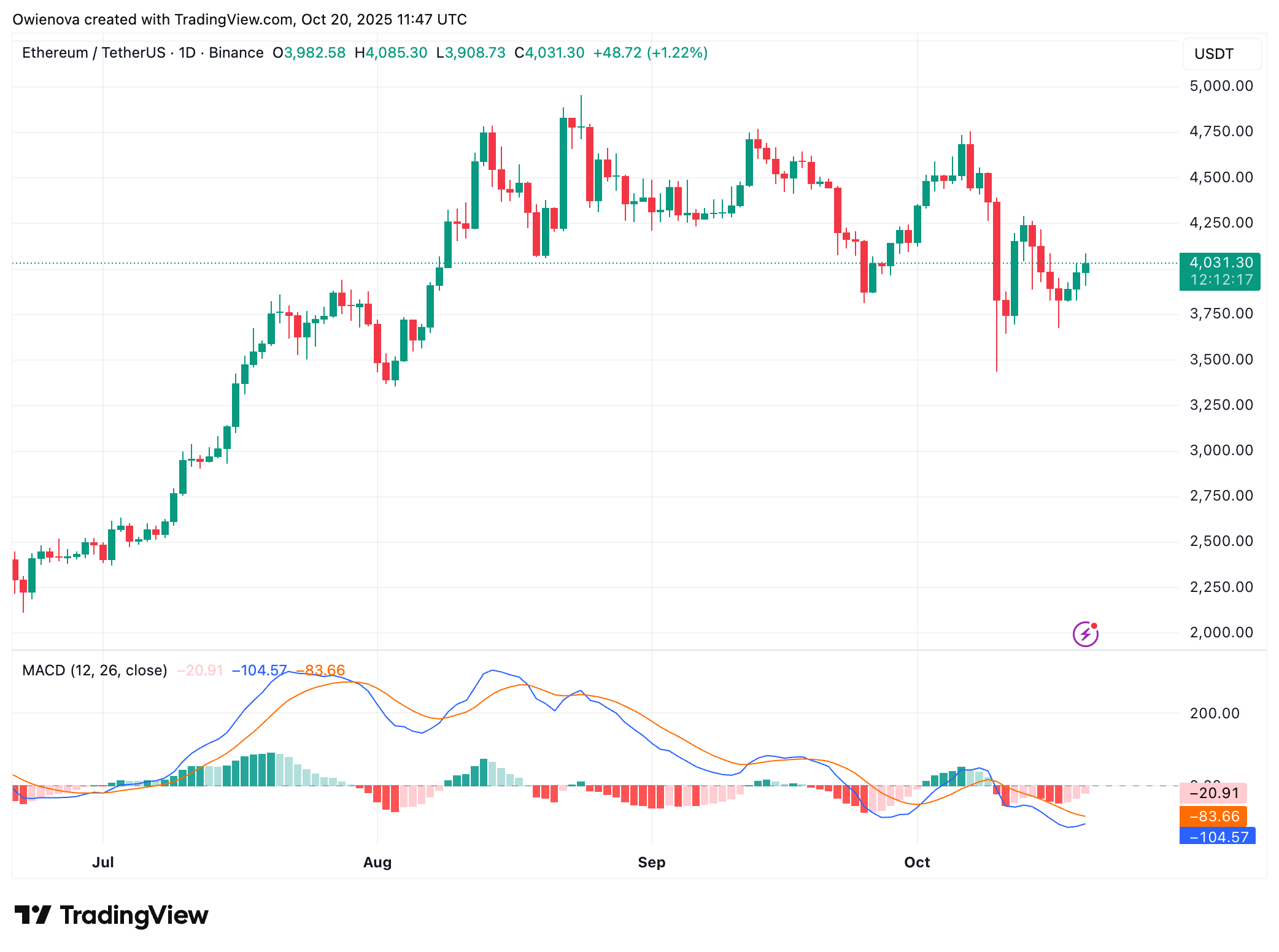3 1
Ethereum’s Openness Fuels Innovation and Grifting, Says Adriano Feria
The Ethereum network was designed to democratize finance, allowing anyone to deploy code and create value without centralized control. This openness has facilitated innovation but also exploitation, with some accumulating ETH by selling low-quality tokens and NFTs.
Exploitation and Evolution of Ethereum
- Ethereum serves as a programmable, open financial framework.
- Openness led to both innovation and the rise of grifters who extracted ETH from retail investors through low-quality tokens and NFTs.
- EOS held about 7.2 million ETH at its peak, approximately 6% of the total supply, showcasing the impact of speculative excess.
- ICO and NFTs further shifted ETH from long-term holders to speculators, affecting ETH's long-term appreciation.
- Adriano Feria suggests ETH is moving beyond these phases, expecting steadier growth and stronger performance during market corrections.
- Institutional adoption is increasing, even recognized by BTC maximalists, indicating a stable supercycle for ETH.
Ethereum Legacy Preservation
- ArtvisionNFT highlights the risk of blockchain history being forgotten.
- Covalent_HQ's Ethereum Wayback Machine (EWM) preserves blockchain history, ensuring access to verified data.
- EWM enables auditing of smart contracts and tracing blockchain activity, promoting transparency and accountability in Web3.
